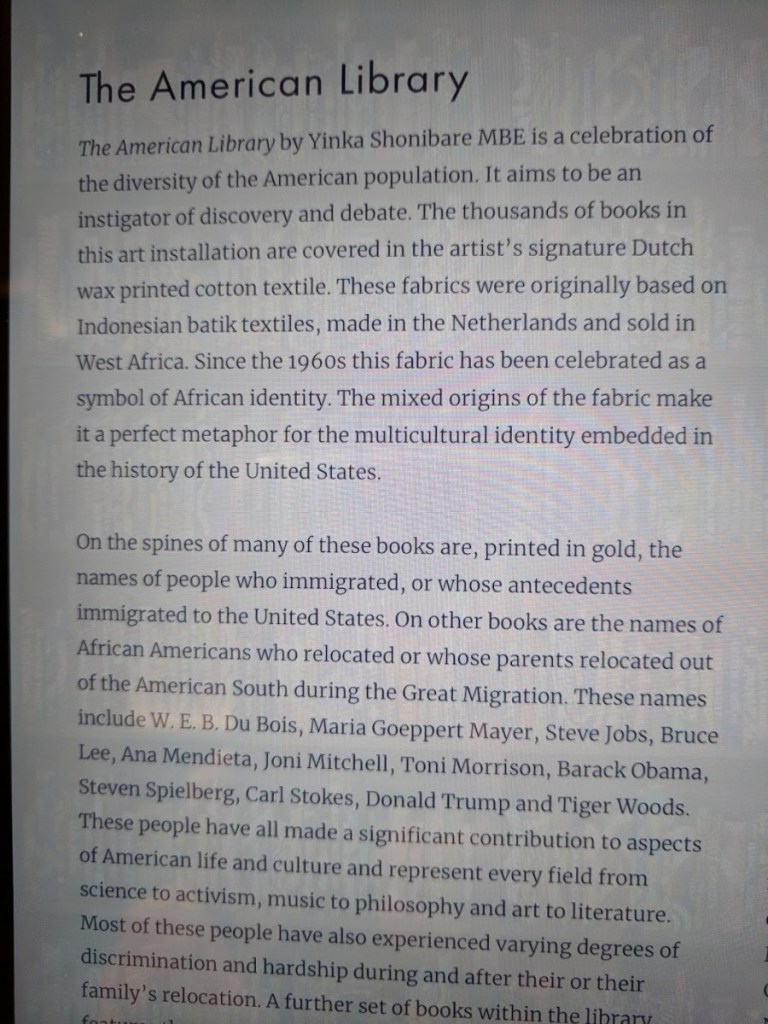Chicago was everything it claims to be as a global city.


Constant technological development, the energy of its inhabitants and its position as a network of trade and migration were in evidence everywhere we went.



Fortunately, I had two ways in to explore the plethora of things to see and do! One of the main drivers for this trip was my interest in Scandinavian immigration and here I was at the door for Swedish Americans. In 1890 Swedes comprised the third largest immigrant group and in 1900 Chicago was -after Stockholm- the world’s largest “Swedish” city. It was the undisputed capital of Swedish America and the nerve centre of an entire ethnic culture. Today much of this story is brought to life in the Swedish American Museum.

The exhibits explore the struggles and triumphs of the immigrant experience, following their arduous journey to build a new life and community in Chicago. I will leave these photos to help tell their stories.







My second entry point into Chicago’s riches came via my studies in American Modernity and in particular through reading the wonderful novels of Theodore Dreiser. The heroine in Sister Carrie (1900) is interested in Chicago from the moment she steps off the train from Wisconsin, overwhelmed by the sheer scale of the place. Two important locations in the novel are still there!

Carrie tries to find work as a shop girl but glittering palaces like Marshall Field had no openings for ‘country bumpkins.’

This was the very first restaurant in a department store and it is also the longest continuously-operating restaurant in the nation. There is a great story about Mrs Hering’s chicken pot pie and the girl in the Millinery department.
The Tiffany Ceiling
‘Visitors to the Macy’s store can’t help but look up when walking through the building’s first-floor cosmetics department—it provides a distant view of a shimmering vaulted ceiling that covers 6,000 square feet and comprises 1.6 million pieces of iridescent glass. The dome ceiling was designed by renowned glass artist Louis Comfort Tiffany (it’s the largest Tiffany mosaic in existence) and crafted by a group of 50 artisans who worked atop scaffolds for over 18 months to complete the project.’

In the novel, Carrie spends much time awaiting assignations with her admirers. I just had to find the ‘clock!’
‘According to legend, Marshall Field decided that this corner should have a clock after he discovered notes wedged in the corners of the store’s new glass plate windows that pinpointed times and places to meet friends, family members and business associates. Field determined that a clock could serve as a rendezvous spot for shoppers and also make them mindful of the time.’
For us two, that meant boarding the 14.15 Empire Builder to Portage!


Westwood Ho!







































































